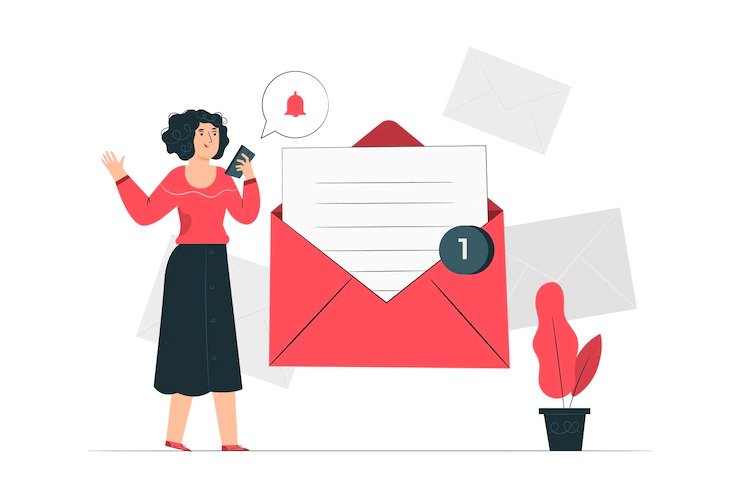
Is an SMTP server a necessity for a business?
Email servers use SMTP, or Simple Mail Transfer Protocol, as a set of communication standards to deliver emails to their customers. Your emails are merely text strings; SMTP enables servers and email clients to classify and arrange the data you transmit. The sender, recipients, email text, and title heading are divided into pieces when you send an email. SMTP uses code words to divide the portions.
Why do You Need an SMTP Server?
Your email cannot be delivered to its intended recipient if there is no SMTP server. Your email messages are immediately translated into a series of codes and sent to your SMTP server when you click the “send” button on your email client. The codes are properly handled there, and the message is forwarded to the right email address. The email message cannot be sent to the receiver if there is no outbound SMTP server, and it may even get lost during conversion.
The server checks whether an active or functioning email account is sending the outgoing message in addition to relaying SMTP email messages. It makes sure that the email is returned to the sender if it cannot be sent.
How Does SMTP Server Operate?
When you send an email, the SMTP server processes it as follows in the background (let’s suppose Outlook Express is being used here to deliver the email):
- Outlook Express, the email client, connects to the SMTP server using the designated port (say 25).
- The sender email ID, recipient email address, and email body are all sent by the email client to the SMTP server during this communication.
- The SMTP server now goes into action and separates the domain name and name components of the recipient email address. The email address is divided into john and gmail.com, for instance, if the receiver is aman@gmail.com.
- Every domain name, including Gmail, which offers free SMTP hosting, has a distinct IP address, which the SMTP server obtains. To stop spam emails, the server verifies that the sender’s email address is active before sending the message to the recipient’s SMTP server.
- The email address is then delivered to the recipient’s inbox via the recipient’s SMTP server
- The email is returned to the sender with the necessary information if the recipient’s email address is wrong or if the recipient’s SMTP relay service rejects the message.
Read More: Top 5 Benefits of Using SMTP Services
The question now will remain as to whether to buy a paid SMTP server or use the free SMTP servers available.
Also Read: Top 6 Reasons why Email Marketing is Crucial for your Business
What differentiates SMTP from other email protocols?
You may recall that we described SMTP as one of several email protocols if you think back to that definition. The other two most often used email protocols are POP and IMAP.
The primary distinction between these protocols is that only SMTP allows email to be “pushed” from one unidentified mail server to another. The protocols POP and IMAP allow recipients to “download” their mail from their mail server for them. Therefore, POP and IMAP restrict the transport of mail to only authorised mail servers. They cannot be used for communication between networks other than your own.
Final Thoughts
The bottom line is that SMTP is the protocol that powers all of the world’s email, and while you can set up your SMTP server, it might prove to be more difficult than necessary—especially if you are worried about security, don’t have a lot of resources, or have no prior experience with email protocols. Even though everyone at Postmark is enthusiastic about creating the ideal email infrastructure, we realise that most everyday people would like to avoid it.
Finding a third-party email provider is usually your best bet, and Postmark will provide you with a dependable email service. Due to the global distribution of our SMTP servers, you always have access to quick and secure email delivery. Additionally, we can deliver your emails quickly and consistently because we have a strong reputation with mailbox providers.
Must Read: A Step-by-Step Guide to Use an SMTP Server as Your Email Sending Service
 Your Success, Our Priority: Our team is here to assist you!
Your Success, Our Priority: Our team is here to assist you!





